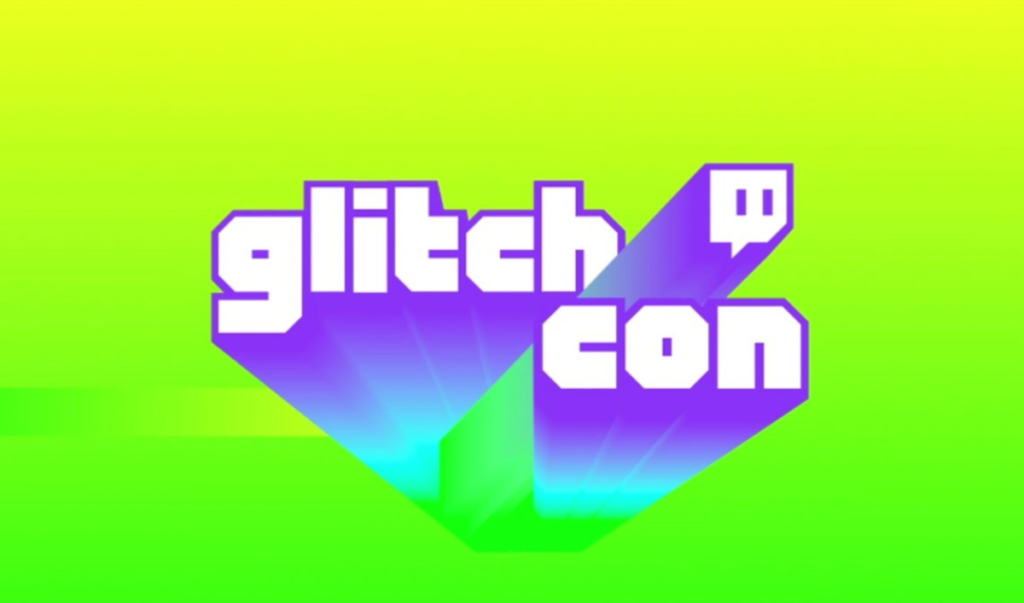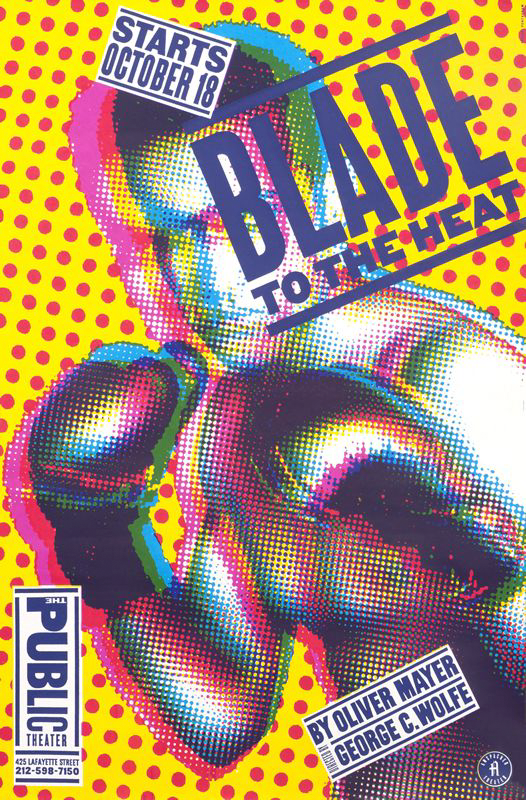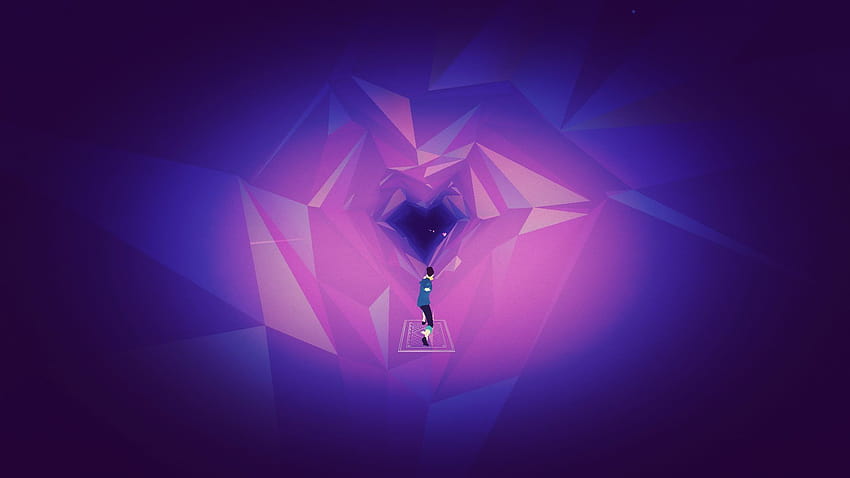80s Design is Alive, Well, and Living in 2019” by Nadja Sayej, published in PRINT, March 6, 2019
Prompts
- How or where are the principles of “collage” and “mixed media” used today?
- In what ways do we see the 80’s aesthetic / ideologies in more of the recent “cyberculture, vaporware, or glitch art” trends?
- How was self-publishing in the Postmodern-era (“the use of the photocopies/zines became an alternative voice for communities who were not well represented in mainstream media”) similar to the use of today’s technologies?
- Find 1 example of work from a postmodern graphic designer from the 1980s and 1 example of work from a contemporary graphic designer from the last five years. Deconstruct the works and explain which visual and/or ideological elements are associated with the Postmodernism of the 1980s and why.
Response
In today’s society of design we usually see collages or mixed media on social media. People usually use them to show a passage of time from when they were young to them growing up or time spent throughout their schooling career. Tiktok icons use a glitch art, but not online the icon but when the tiktok is about to end they usually have this glitch transition before showing the tiktok logo. Also we have glitchcon that happens on twitch where the design swap out the regular theme of twitch which is purple and replaces it with the same icon but looks alot more epileptic.
We can see signs on vaporwave from concerts that have techno, EDM or Punk rock.


Looking at the social and artistic impact that 80s style has left on today’s society, we can say it has impacted us in different ways while keeping its style of design the same. Technology helps us become somewhat relevant but also it helps us express our feelings to a wider audience. Self publishing through photocopies of zine, was a way to express one’s feelings from thoughts, views and social conflict. In the earlier days when there was no computer, using collages was the most creative way to send a message and express yourself.

The cover of the Blade of the Heat from the 1990s shows us how detailed and complex creating a poster for a theatre was at that time. The use of a vibrant background and wide use of colors throughout the poster. Your eyes travel all over the poster looking back and forth taking in all the way the typeface is yours and some color comes clashing with a glitched man in the middle ground. The message one can take from this is probably that the guy is so fast that it seems like he is glitchy, but it definitely invites the viewer to go and see this interesting show.

In this splash art of cyberculture, vaporwave we can observe the influence of the 80s. The use of vibrant color with hints glitch aesthetics but use of a simpler color palette.





Leave a Reply